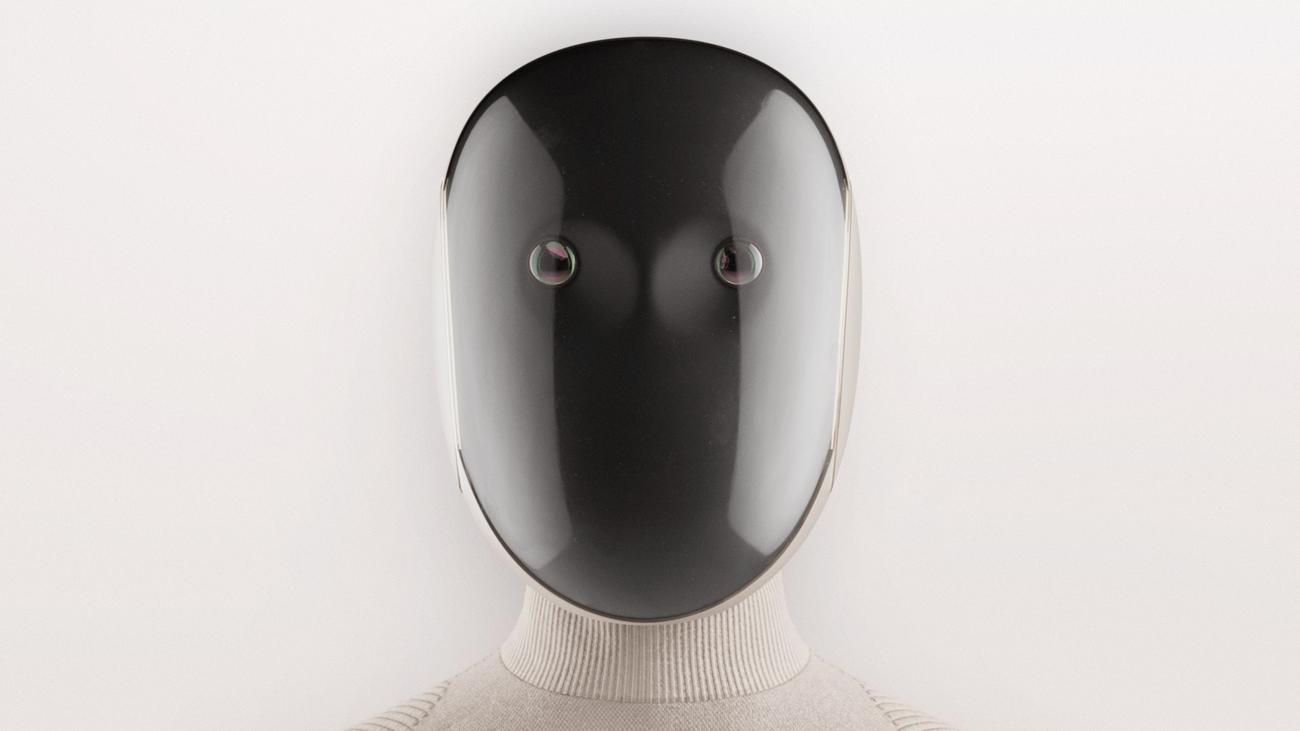
The Rise of the Robots: From Singing Servers to a Future Dominated by AI
This article, a feature from ZEIT am Wochenende, issue 18/2025, explores the rapidly evolving landscape of robotics and its increasing presence in our daily lives. From quirky restaurant servers to ambitious predictions of a future teeming with humanoid robots, the piece delves into the current state and potential future of this technological frontier.
The Red Sun restaurant in Mettmann, a town in North Rhine-Westphalia, offers a glimpse into the present. Here, a robot named Bella assists the human waitstaff. As she navigates the bustling environment, Bella serenades patrons with the catchy tune "Ni Xiao Qi Lai Zhen Hao Kan" – "Your Smile is So Beautiful" – a song by Chinese child star Li Xinrong. The tune, though perhaps repetitive, serves a practical purpose: it alerts people to her presence and encourages them to move out of her path. Bella, manufactured by Pudu Robotics in Shenzhen and costing around €16,000, even knows how to sing "Happy Birthday."
Resembling an oversized robotic vacuum cleaner, Bella expertly weaves between tables, chairs, and guests, carrying up to three laden trays at a time. Her human colleague in Mettmann welcomes Bella’s assistance. "I run up to 30 kilometers in a busy evening," she admits, highlighting the physical demands of the job. Bella, on the other hand, never sighs, never tires, and never complains.
Bella represents the current wave of robotic integration into our homes and businesses. She joins a growing cohort of robotic lawnmowers, automatic window cleaners, and robotic vacuum cleaners. Initially, these devices were simple cleaners. Now, many feature wet-mopping capabilities. Sophisticated models even include washing stations where dirty water is emptied, cleaning solutions replenished, and the robot’s batteries recharged. A considerable number of households in Germany, almost one in five, already utilize robots for domestic tasks. A survey conducted by the industry association Bitkom indicates that 45 percent of Germans are open to the idea of robotic assistance in the future.
So, if a singing serving robot represents the "is" of everyday robotics, what is the "should?" Who is envisioning the future, the ultimate potential of this technology? The name that inevitably surfaces is Elon Musk. He predicts a future where 10 billion humanoid robots will roam the Earth in just 20 years. In his vision, robots may even outnumber humans.
Will 2025 be remembered as the year that robotics truly broke through, the year that the dream of robots loading dishwashers and taking out the trash became a reality? Even usually pragmatic scientists are expressing cautious optimism. "There is an enormous amount happening in the field extremely quickly – I would almost say that there are new developments every week," notes Alin Albu-Schäffer, a leading German roboticist and head of the Institute for Robotics and Mechatronics at the German Aerospace Center (DLR) in Oberpfaffenhofen. Just a year ago, when asked about intelligent household robots, his outlook was far more reserved, suggesting they were at least five to ten years away.
The article also includes a brief interlude, an advertisement encouraging readers to improve their financial literacy. It offers an eight-week course on building better financial habits and investing in ETFs, followed by a finance newsletter.
Professor Albu-Schäffer attributes this accelerated progress to advancements in artificial intelligence and the entry of major corporations like Tesla into the humanoid robotics sector. Indeed, artificial intelligence was a dominant theme at the Consumer Electronics Show (CES) in Las Vegas earlier this year. Tools like ChatGPT are now used by people of all ages, including those who previously had no understanding of the acronym "AI."
The convergence of robotics and AI is fueling the development of robots that are not only physically capable but also increasingly intelligent and adaptable. These robots can learn from their environment, make decisions, and perform tasks that were once considered too complex for automation. This has significant implications for a wide range of industries, from manufacturing and logistics to healthcare and customer service.
The potential benefits of widespread robotic adoption are numerous. Robots can perform dangerous or repetitive tasks, freeing up humans to focus on more creative and fulfilling work. They can also improve efficiency, reduce costs, and enhance productivity. In healthcare, robots can assist with surgery, provide companionship to elderly patients, and deliver medication. In manufacturing, they can automate assembly lines, improving quality and reducing errors.
However, the rise of robots also raises important ethical and societal questions. Concerns about job displacement, algorithmic bias, and the potential for misuse are legitimate and need to be addressed. It is crucial to ensure that the development and deployment of robots are guided by ethical principles and that their impact on society is carefully considered.
The future of robotics is uncertain, but one thing is clear: robots are becoming increasingly integrated into our lives. From singing servers in restaurants to sophisticated humanoid robots, the possibilities are endless. As AI continues to advance and robots become more intelligent and adaptable, they will undoubtedly play an increasingly important role in shaping our world.
